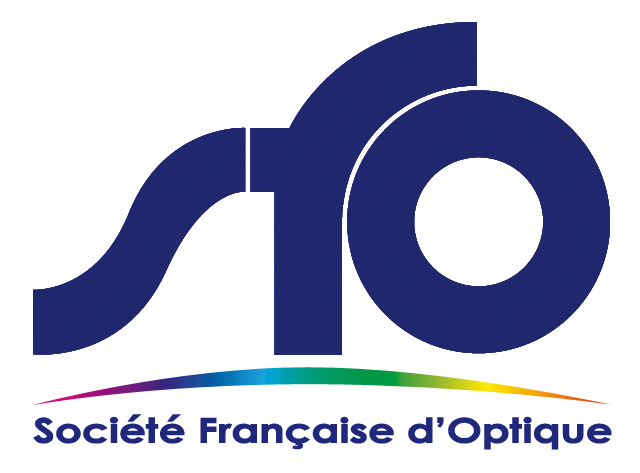Postdoctoral position (2 years) on acousto-optic imaging in Paris (75) - Institut Langevin ESPCI Paris
- Le 16/02/2024
- Dans Contrats post-doctoraux
Novel laser sources and real-time detection for in-vivo acousto-optic imaging
Description: Imaging biological tissue with light is a great challenge for the detection of objects (e. g. tumors) at large depth (>cm), since multiple scattering processes prevent from a conventional imaging. The combination of ultrasound (US) and light within the medium allows to retrieve an optical information guided by the ultrasound beam, ballistic at medical application frequencies, e.g. 6MHz. Such a strategy is called Acousto-Optic Imaging (AOI), also called Ultrasound Optical Tomography (UOT), it is based on the acousto-optic effect (AO). Such an imaging is developed by many teams worldwide, in the scope to develop a bi-modal system for Medicine and Biology, in combining complementary contrast with ultrasound (e.g. conventional B-Mode imaging) and light. Many architectures have been studied up to now, but technological bottlenecks remain in order to go beyond a proof of principle. This is due to the weakness of the acousto-optic signal, itself superimposed on a strong speckle background. Among the various techniques developed at Institut Langevin, digital holography is a promising configuration for the detection, using a CMOS camera with a large number of pixels, while data treatment is optimzed with a GPU acquisition scheme. Original US-excitations are used in order to optimize the number of photons tagged by the US. Such a point will be developed by the candidate with a new fully-programmable US-system. Read more
Work location:
Institut Langevin ESPCI Paris - CNRS UMR 7587
1 rue Jussieu
75005 Paris
France
Contact: François RAMAZ (francois.ramaz@espci.fr)
